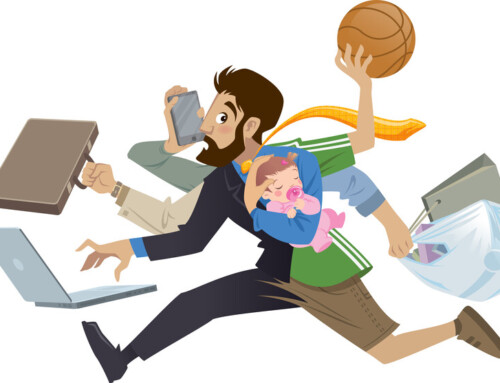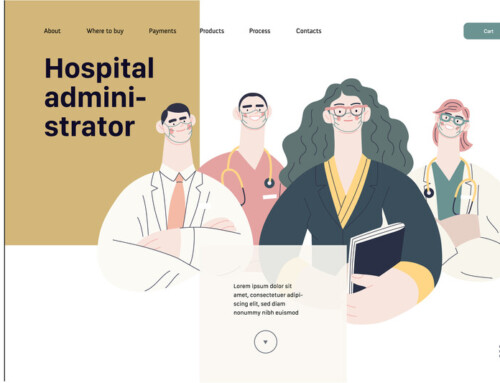 ◆Changed government policy on anti-corona measures
◆Changed government policy on anti-corona measures
The Ministry of Health, Labour and Welfare (MHLW) issued the “Identification of persons in close contact with infected persons at each location of outbreaks based on the characteristics of the Omicron strain while the Omicron strain is the predominant strain and the restriction of activities and the implementation of active epidemiological surveillance.” In addition, the Prime Minister’s Office revised the “Basic Policy on Countermeasures against New Coronavirus Infections” on March 17. As a result, the handling of persons in close contact with infected persons at business establishments, etc., has been changed.
◆Not required to identify close contacts in the workplace
According to the MHLW’s administrative communication, “The Omicron strain is highly infectious and transmissible, with a short incubation period and onset interval, resulting in a rapid spread of infection and a subsequent rapid increase in the number of people in close contact with the strain, and therefore the same uniform response to all of these would have a very significant impact on the functions of health centers and socio-economic activities.”
Therefore, active epidemiological investigations by health centers, etc., and the identification and restriction of activities of persons in close contact are no longer required in the event of an outbreak of infected persons at establishments other than those in the same household. (excluding facilities for the elderly and persons with disabilities, medical institutions, daycare centers, kindergartens, Centre for Early Childhood Education, elementary schools, compulsory education schools, special needs schools and after-school children’s clubs where many people at high risk of serious illness such as the elderly or those with underlying medical conditions are admitted or hospitalized.)
◆Shorten waiting period
In the event of an outbreak of infected persons in the same household, family members living in the same household will be considered “close contacts” and will be required to restrict their activities under the guidance of the public health center or other authorities. In principle, the waiting period for close contacts is 7 days (to be lifted on the 8th day), starting from the day when the person living together with the person who has the outbreak of the disease is confirmed negative by the antigen qualitative test kit on the 4th and 5th days. (In this case, individual confirmation by the health center is not required for the decision to lift the waiting list.)





